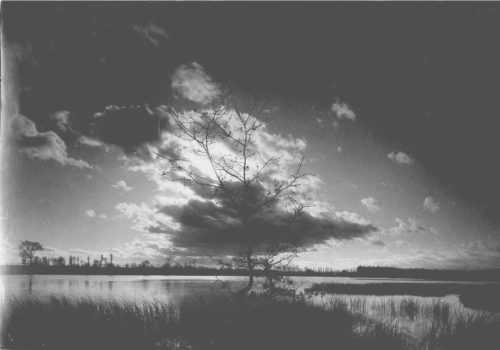At the turn of the 20th century, photography was restricted to two groups: explorers, compiling their exotic archeological and ethnological findings; and pictorial photographers, long disparaged for their lack of disciplinary independence, but then finally acknowledged for their aesthetic singularity and whose work is now the basis for art photography. Work by amateurs was largely neglected, and would only later be discovered gathering dust in attics and appreciated for its documentary and historical qualities.
It was around this time that Félix Thiollier, an erudite industrialist from the French region of Saint-Étienne, gave up his career as a ribbon manufacturer to devote himself fully to documenting his hometown, Forez. A bibliophile, he began taking pictures and publishing illustrated books highlighting the regional culture and the work of his artist friends, including the landscape painter Auguste Ravier. Influenced by bucolic representations of Forez, Thiollier chose a monochromatic form to reveal the emotions aroused by these rural scenes, the setting of the famous 17th-century pastoral novel L’Astrée. The black-and-white photography allowed Thiollier to concentrate on the lines and abstract curves unfolding and across the lonely landscape, the bare winter branches reflected off a pond’s shimmering surface at twilight. He also documented the formal and traditional outfits of hunters and farmers at that time.
Read the full text of this article by Laurence Cornet in the French version of Le Journal.
Exhibition
“Félix Thiollier (1842-1914), photographies”
Curato : Thomas Galifot
From November 13th 2012 to March 10th, 2013
Musée d’Orsay
62, rue de Lille
75007 Paris – France
Tél. : 01 40 49 48 14
Book
“Félix Thiollier. Photographies”
Thomas Galifot
Musée d’Orsay / Editions courtes et longues
40 euros
















